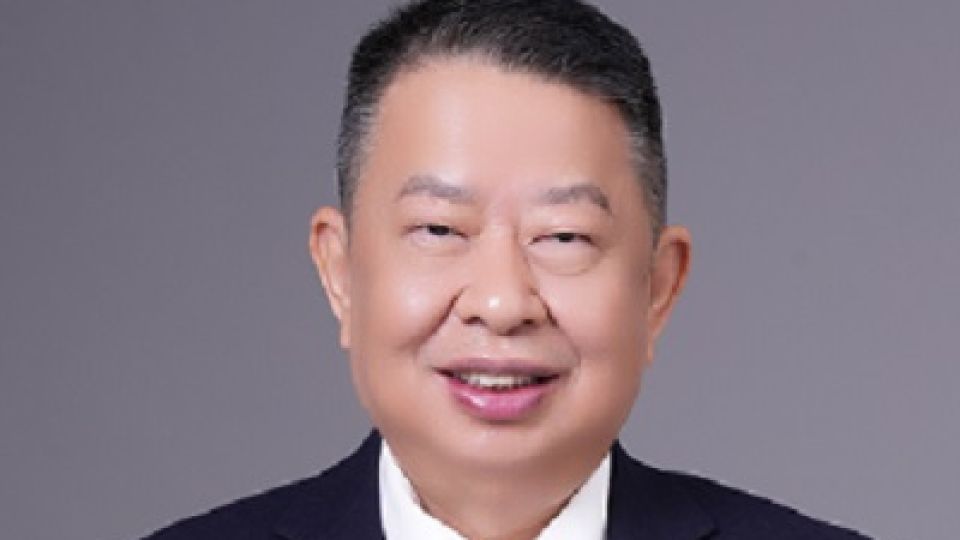by TINTSWALO BALOYI
JOHANNESBURG, (CAJ News) – A MINING executive has urged South Africa to enhance investments by lowering entry barriers, advancing economic reforms, enhancing the regulatory environment and combating infrastructure damage.
Jinghe Chen, Chairman of the Zijin Mining Group, advised the government on such issues which are hindering the business climate and stifling competition in Africa’s most industrialised economy.
“Improvements to these issues will inevitably generate much-needed jobs, and guarantee stronger, more sustainable and more inclusive growth for all,” he stated.
Chen compared the business climate in South Africa to other countries in the continent where the global Chinese company has invested.
“The differences of the business climates to other mines in Africa are startling,” he said.
The Kolwezi Copper Mine in the Democratic Republic of Congo (DRC) was the first copper mine constructed by Zijin and put into operation abroad.
The investment was made in 2014. The mine officially launched in 2017.
Since then, Kolwezi has produced over 529 800 tonnes of copper, providing more than 2000 jobs for local people. Taxes and dues contributions from the mine amounted to over US$1 billion (R17, 94 billion).
Another DRC mine, the Kamoa-Kakula Mining Complex (Kamoa Copper), is a joint venture between the Zijin Mining Group, Ivanhoe Mines, Crystal River Global Limited and the DRC Government.
It is anticipated to become the second largest copper mine in the world in the near future.
The investment was made in 2015 and the partnership was sealed in 2016.
Total taxes and dues contributions to date are over $600 million.
The Bisha Zinc-Copper Mine in Eritrea has made total taxes and dues contribution of approximately $300 million.
The investment was made in 2019 and it soon went into production, later to become one of the largest-producing zinc mines in Africa with a mining and stripping capacity of 32 million tonnes per year, and a processing capacity designed to produce more than 2,4 million tonnes per year.
Comparatively, in South Africa, Zijin first invested in the Garatau project in Limpopo in 2014.
The processing capacity of Garatau is anticipated to average 5,4 million tonnes of ore per annum once full capacity is achieved in a few years’ time.
The life of the mine is estimated to be in excess of 29 years. Once fully operational, it has an intention of employing some 2 500 people.
“However, the mine was only able to begin surface development seven years later,” Chen highlighted.
He said regulatory challenges were possibly one of the major contributing factors the mine’s stagnation.
“With the DRC and Eritrea mines succeeding and thriving even before the Garatau project could launch, nostalgia hits as it takes us back on our first earnest step onto the African continent, with our initial investment in the Garatau project in 2014.”
With adequate support received from stakeholders and regulatory authorities at the time, and operations started earlier, the mine would have provided job opportunities and contributed to economic growth.
Chen nonetheless believes the prospects are still positive for South Africa’s mining industry, is the biggest, most diverse and most established in all of Africa.
“The industry still has the potential to become, once again, the main driving force behind the development of Africa’s most advanced and richest economy,” he forecast.
Chen argued the challenges international investors may face in South Africa, then to a certain extent, mining success in other parts of Africa is not true success.
“Only when there is a success in South Africa, would this mean true mining success in Africa,” he concluded.
– CAJ News

